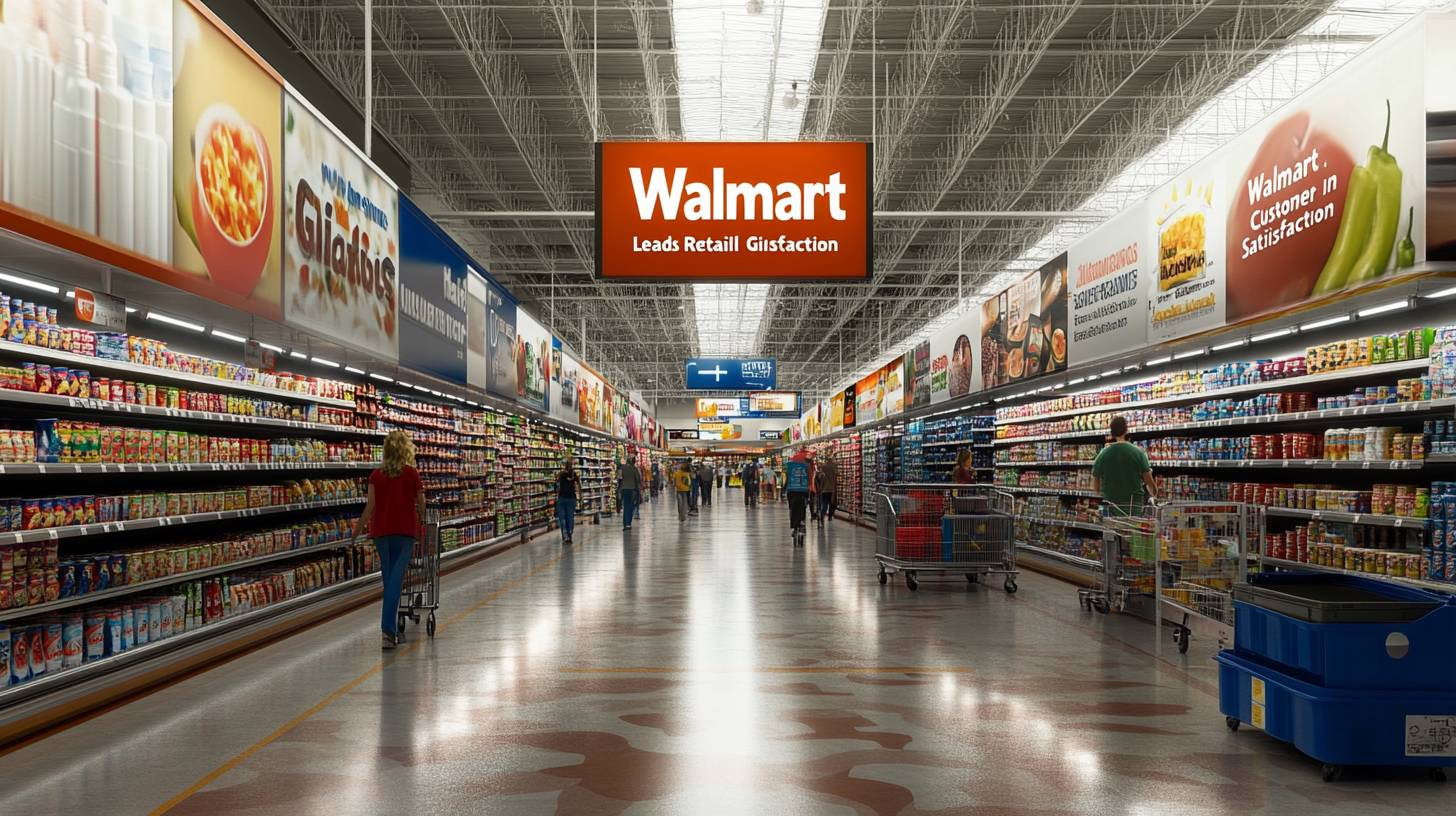
Transformation of private-label brands
Private-label brands have experienced an impressive evolution over the years. During the 1980s and 1990s, these brands were frequently viewed as generic or store brands, lacking the recognition of established name brands. Products such as “Loops of Fruit” or “Magic Stars” cereals were clearly seen as imitations of popular items like Froot Loops and Lucky Charms. The packaging was often simple and unattractive, with products like beer sold in plain white cans labeled simply as ‘beer’. While these options offered cost savings, they were typically seen as a compromise in quality.
Today, however, private-label brands have seen substantial enhancement. Major retailers like Target and Amazon have built extensive collections of private-label brands that deliver both quality and value. This transformation is reflected in the Australian market, where consumers are becoming more open to private-label offerings. Retailers are now positioning their private-label brands as legitimate ‘brands’, pouring resources into innovation, clearer labels, premium products, and strong marketing support. This strategic transition is focused on improving quality and attractiveness, catering to the sophisticated preferences of contemporary consumers.
Consumer views and market reach
In the Australian landscape, consumer views on private-label brands are shifting, yet remain varied. According to findings from Numerator, a considerable number of consumers are enticed by private-label products mainly for their affordability. Nearly half of those surveyed, 43%, opt for these products to save money. However, the perceived quality remains an obstacle, with only 29% of consumers convinced that private-label brands are on par with name brands. This reflects ongoing skepticism that retailers need to overcome to maximize the potential of private-label products.
Regardless of these mixed views, private-label brands have achieved significant market penetration across multiple categories. In the grocery arena, nearly every U.S. household has bought a private-label item in the previous year, a trend similarly seen in Australia. Categories such as Health & Beauty, Household Products, and Home & Garden have recorded particularly high penetration rates, reaching 99.2%, 98.9%, and 97.6% respectively. This widespread embrace underscores the increasing acceptance and dependence on private-label products among consumers.
Warehouse-club customers are among the strongest advocates for private-label brands. Retailers like Costco and Sam’s Club have noted the highest private-label share based on total units sold, with private-label items making up 33.1% of the Club channel. This is followed by noteworthy shares in Office (30.3%), Mass (28.0%), Home Improvement (26.8%), and Pet (25.5%) categories. The success within these channels emphasizes the strategic benefit of offering private-label products that merge affordability with perceived value.
In Australia, the shift toward private-label adoption is gaining traction, propelled by economic factors like inflation and the increasing cost of living. Retailers are increasingly concentrating on enhancing the quality and attraction of their private-label offerings to captivate discerning consumers. Through investments in innovation and marketing, Australian retailers are positioning their private-label brands as credible alternatives to name brands, aiming to change consumer perceptions and secure a greater portion of the market.

